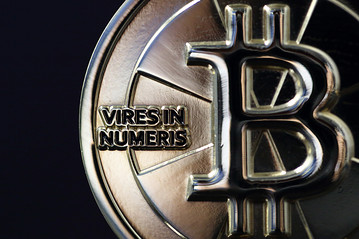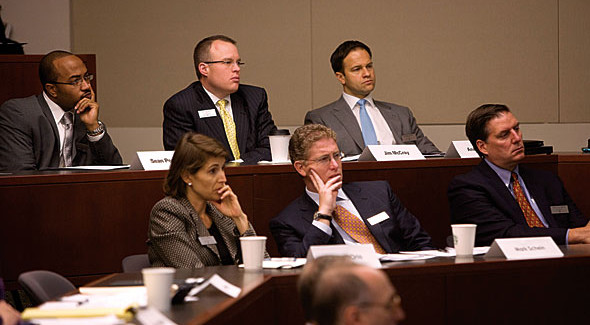by Chris Larsen
CEO and co-founder at OpenCoin (UPDATE: renamed Ripple Labs in 2015)
We’re entering a new era in the evolution of money.
Commodity money was first—gold, precious metals, things considered inherently valuable. Next came political money—fiat currency, banknotes, things that had value because they were backed by governments and legal systems. Now there’s math-based money—money controlled only by protocols and algorithms. Harnessing and maximizing the power and potential of these new math-based systems is going to be the big story in finance for decades to come.
Bitcoin
Bitcoin made this revolution possible. It kicked down the door and opened everyone’s eyes. Money has always presented a technical problem—how can we track value in a way that is reliable and useful to extended networks of people? For centuries, the best available money “technologies” were business contracts: my bank will keep a faithful record of my accounts, Visa will process my PoS payment, MoneyGram will move this cash around the world, etc. Bitcoin proved that computer protocols are as effective as institutional practice at handling security and reliability. Money had been manual, now it is automatic.
Once the technical obstacles were toppled, then math-based monies began to accrue value. At the time it was shocking. In hindsight it’s pretty obvious. The utility of math-based systems is off the charts. Transactions are cheap, fast, and global in a way that was previously impossible. Critical elements of the financial infrastructure can be replicated with only a few lines of code. Processing lag, network limitations, service fees, and the many intermediaries of the money systems can now be streamlined or eliminated. Critics have attacked Bitcoin’s valuation as “speculative,” but a technology with such heterogeneous application demands early speculation. What is the appropriate value of a technology that can dramatically cut transaction fees, reduce transaction speeds by days, and finally interconnect the global economy?
Digital currency
We are only at the very beginning of this process. Bitcoin focused on a single target—creating a Digital currency—but there are a plurality of targets, and the development and expansion of math-based money is an iterative process. How can math-based principles be applied to mainstream currencies? What other financial operations can be automated using network protocols?
A new wave of technologies looks to answer these questions. Post-Bitcoin technologies like the Ripple Protocol now exist that facilitate payments in all existing currencies, automate currency exchanges, and process cross-currency transactions. Software is in development that will allow derivatives, loans, interest rates, fees, subscriptions, and exotic financial instruments to be processed by algorithms. These money technologies give merchants new options, consumers more control, and financial institutions powerful new tools. So-called “cryptocurrency” may have a fringe reputation now, but the long-term impacts of math-based money systems are 100% mainstream.
The Future of Money
The ultimate promise of math-based systems is to bring the principles of the Internet to money. Money is information and the Internet is the greatest information engine of all time. The missing link was a money protocol. The Hypertext-Transfer-Protocol allowed the Internet to share text and graphics. The Simple-Mail-Transfer-Protocol made communication free and instantaneous. Each of these protocols had a seismic impact on our reality. The Ripple Protocol and others like it will have a similarly profound effect. Independent businesses using shared protocols will be able to do businesses directly without requiring third-party services. Fragmented networks will become unified and frictionless. Old business models will be disrupted and new ones will become possible.
It won’t happen overnight. Financial systems have considerable inertia. Money technology is notoriously out-of-date. Cards use 1960s magnetic strip technology. Last year, the U.S. minted 6 billion pennies. Adoption rates, regulation, and market dynamics are unknown quantities. But while the future of money may not have a timeframe, it finally has a framework.
Just like in the early days of the Internet, we cannot predict every breakthrough or innovation, but we know the platform on which those breakthroughs and innovations will happen. Who will be the Google, Facebook, or Alibaba of the math-based money era? We don’t know yet, but we know they’re coming. And when they get here, they won’t be using ACH.
Author: Chris Larsen
CEO and co-founder of OpenCoin (UPDATE: renamed Ripple Labs in 2015)






